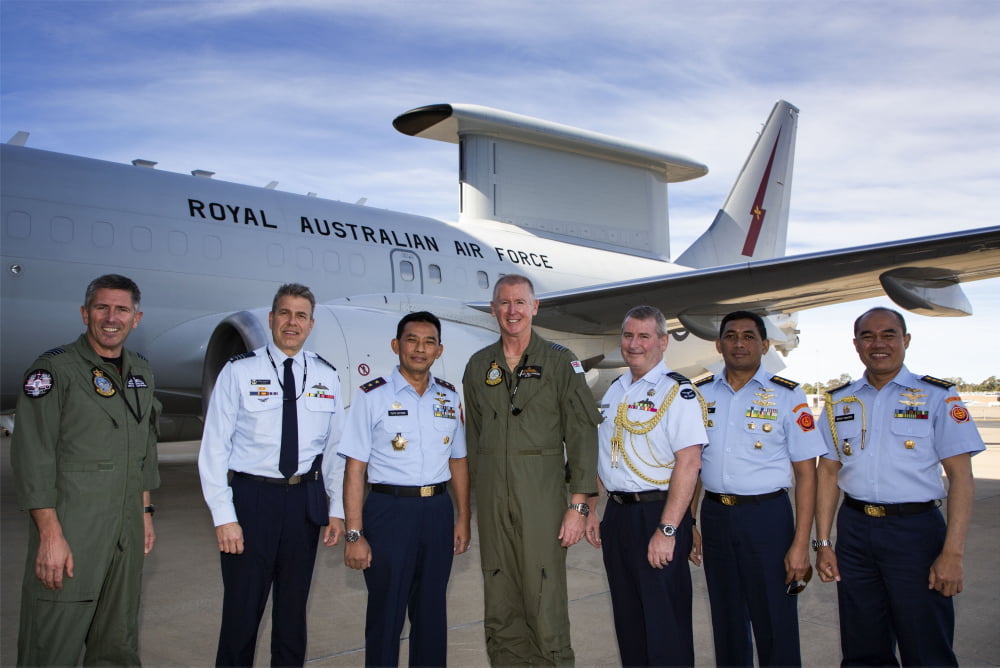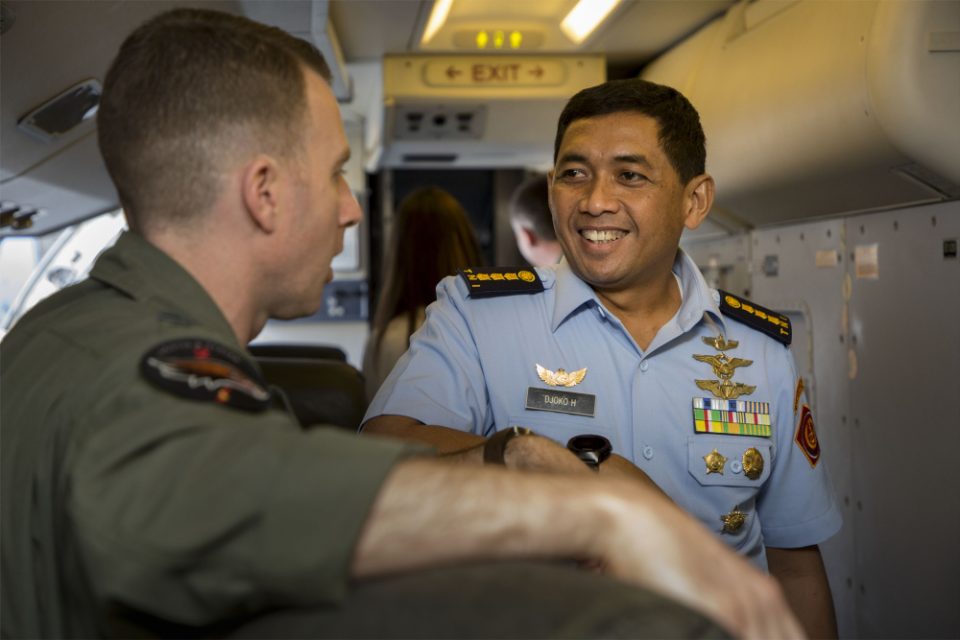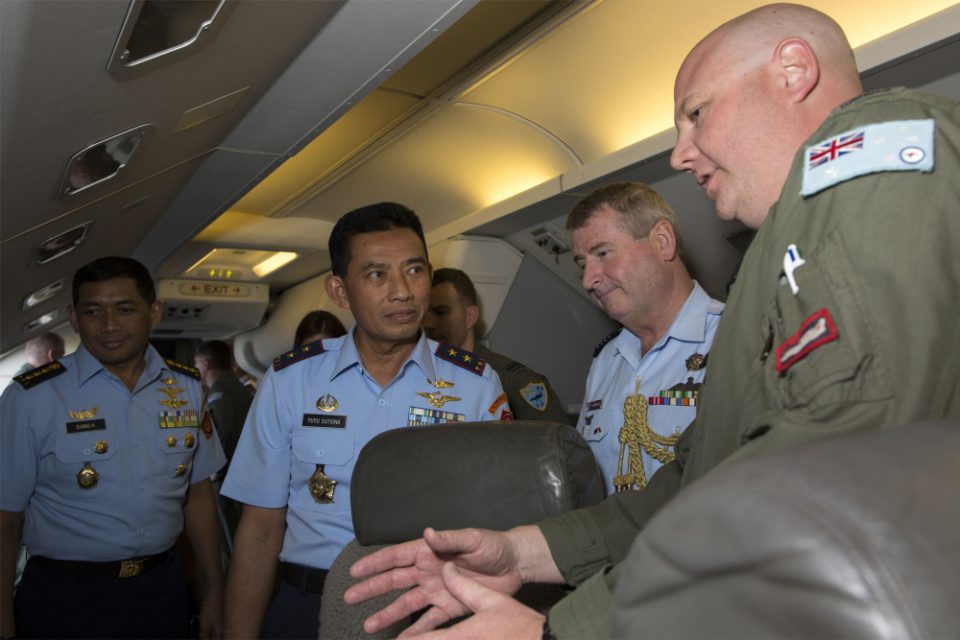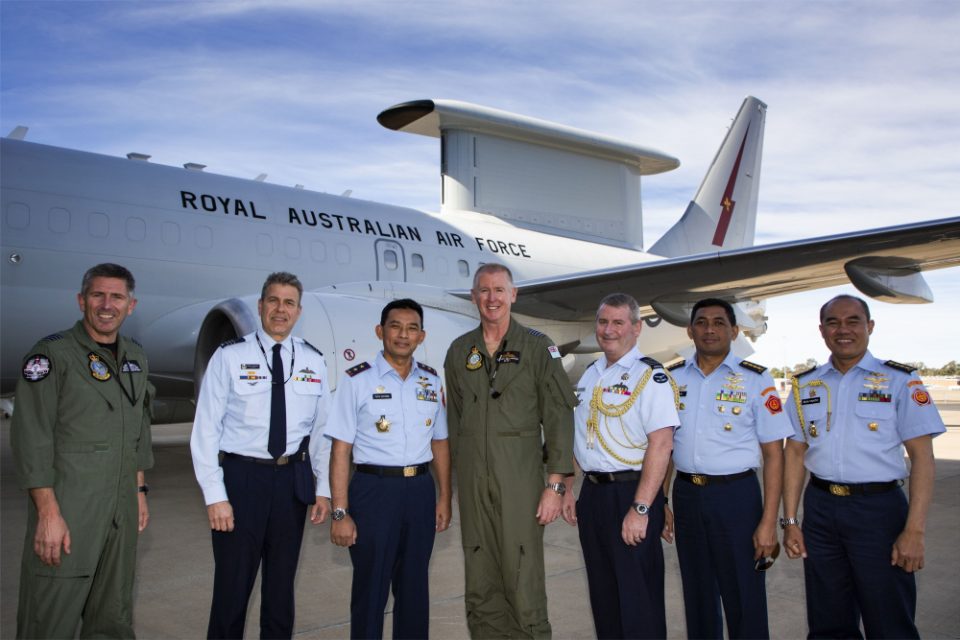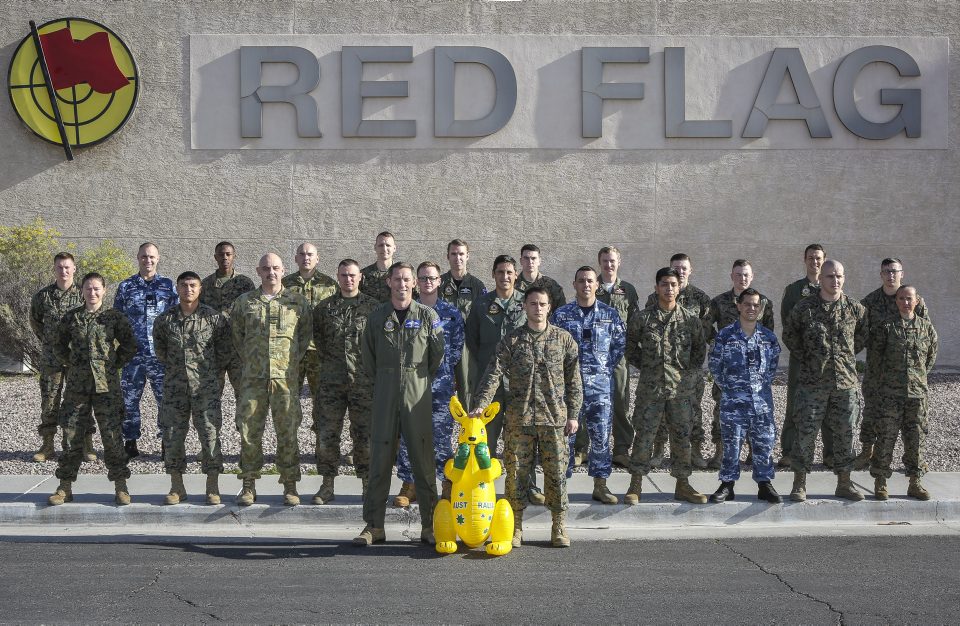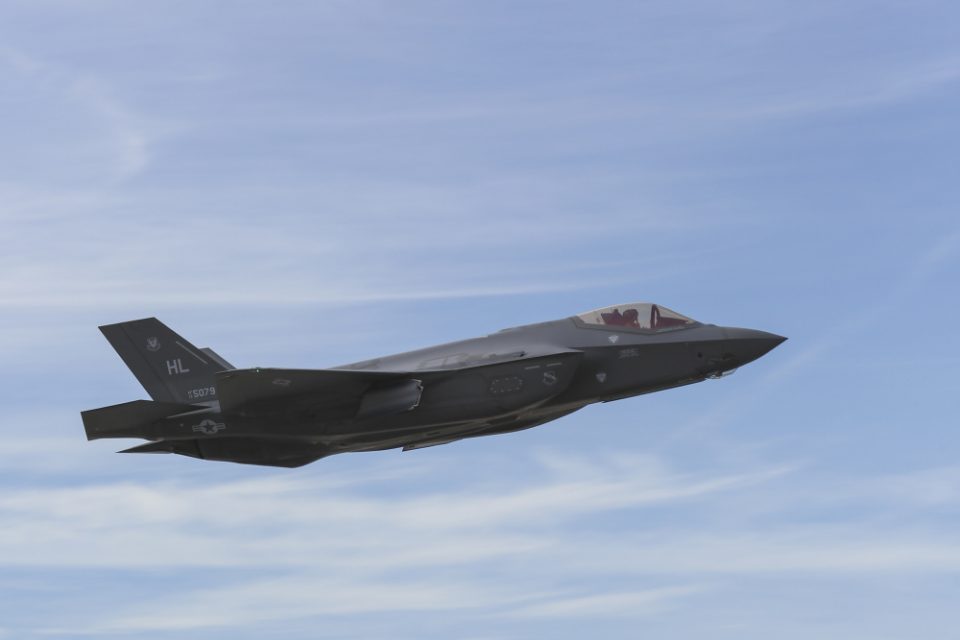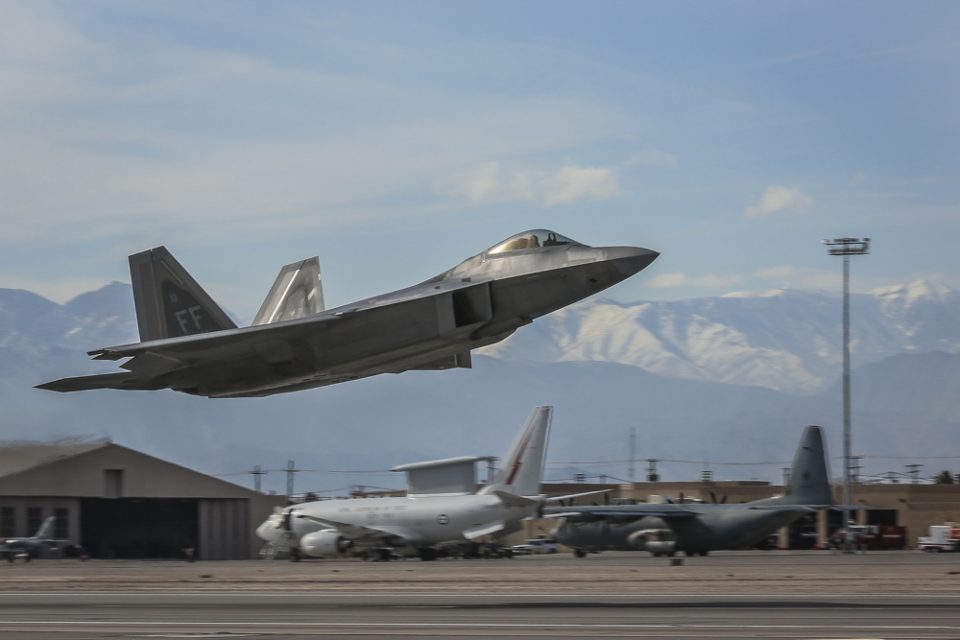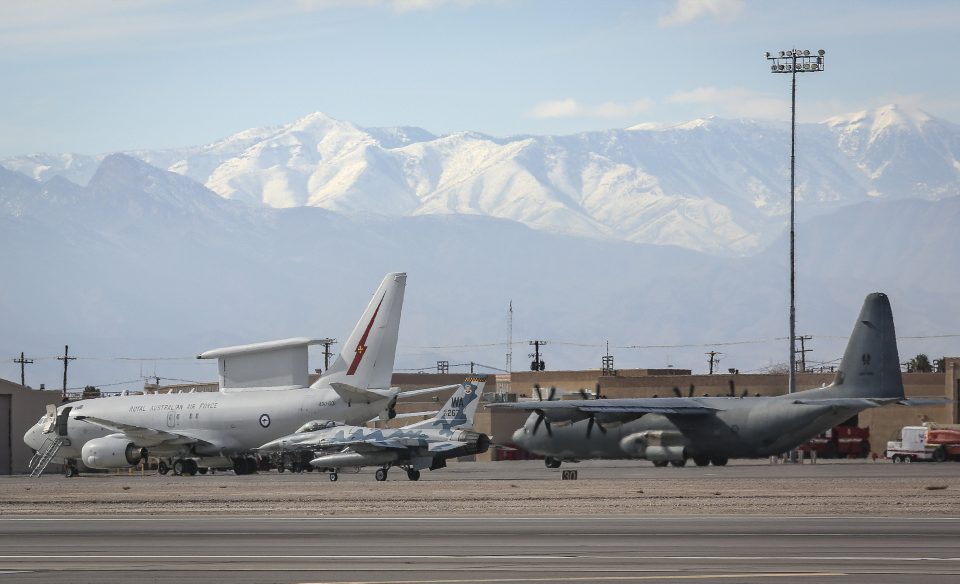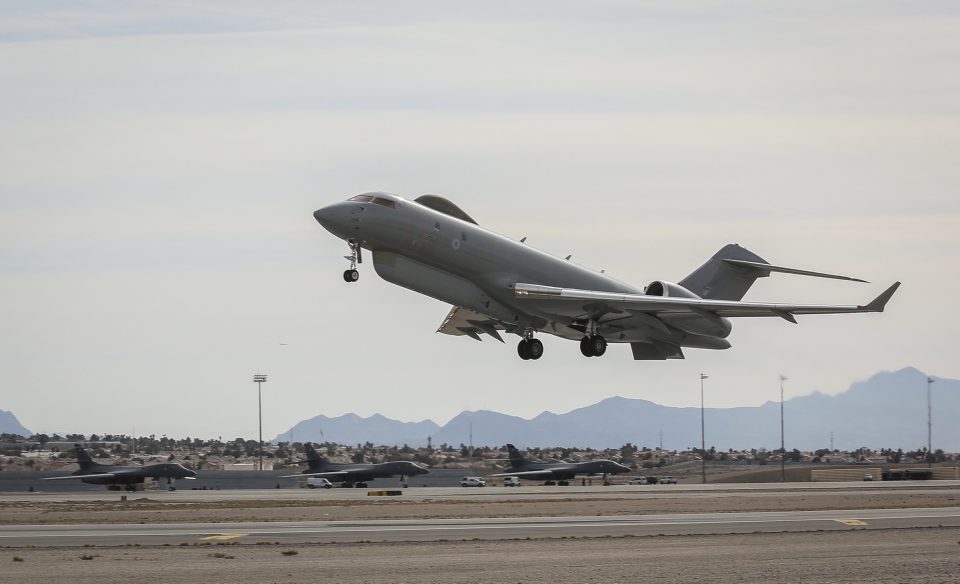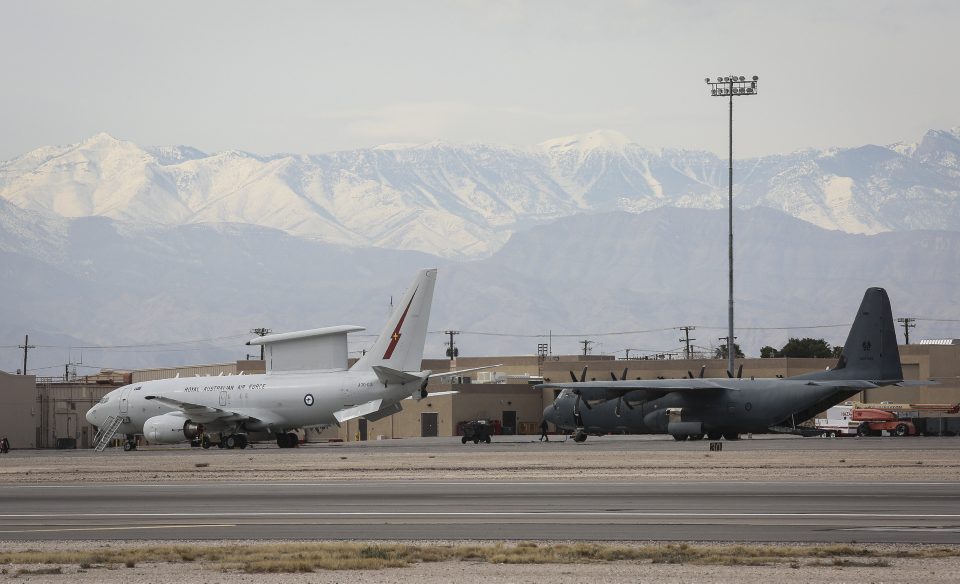2017-08-23 By Robbin Laird
During my current visit to Canberra in August 2017, I was able to continue my discussion with Officer Commanding No 42 Wing, Group Captain Stuart Bellingham about the Wedgetail and its evolution.
After the recent presentation by the head of the USAF Materiel Command underscored the challenge of agile software development for DoD, I had a chance to pick up some of the same themes from the Wedgetail experience which provided some useful insights into the way ahead.
“As we have discussed before, we have a software upgradable jet.
“This is brilliant and gives us a lot of agility.
“And leveraging the software has meant that we come from being a program of concern back in 2009 to becoming a cutting edge airborne command and control capability.
“We are not just focused on ourselves, but how we can evolve our jet to be a greater contributor in the joint and coalition space.
“In order to write software that supports us being able to share ones and zeros effectively is dependent on an agreed understanding on tactics techniques procedures and standards that support how we are incorporate software and how we build it to make sure we’re actually all aligned so that when we go out and work together we’re on the same wavelength, so to speak.
“That is a significant challenge.
“To do so, we are focused on engagement and education, trying to get people to understand the capability that we bring to the fight.
“With E7, everyone straight away just thinks traditional AWACS vice what we’ve got, which is a dynamic software upgradable aircraft with a very different system and approach than the legacy AWACS.”
Question: When we went to Fallon, it was clear that if the TTP efforts could be combined with software code rewrite at a place like NAWDC, the Navy’s path to a kill web would be accelerated.
What is your thought about that kind of cross-linking?
Group Captain Stuart Bellingham: “It is essential.
“As we pair up the new platforms and sort through how to work together, we will shape the TTPs, for example, operating P-8s and Wedgetails.
“As our procedures evolve, we need to rewrite the software on each platform to maximize the ability to work together.
“In fact, later this year we are holding our first two day working sessions between the P-8 and Wedgetail communities which will be a foundation towards working towards that goal.
“When one looks towards the prospects of high tempo and high intensity operations, we will need well developed interoperability and that requires the new platforms, TTPs and software development all working hand in hand before we are in combat.
“Otherwise, we are at significant risk.
“If we can already have the same base line for how our ones and zeros communicate, that’s half the battle to get there.
“Then we can just develop and evolve from that.
“I think it’s going to be increasingly important.
“It’s fundamental to how we’re going to go forward because what is clear to me from recent involvement in Talisman Sabre 17, is that if we’re not doing joint/combined, if we’re thinking component or thinking single-nation type approach, we are vulnerable and we’re not going to succeed.”
Question: The SPO is next door to your hangar.
Could you talk about the working process between the code rewriters and the operators?
Group Captain Stuart Bellingham: “It’s a tight team.
“We have a budget within which we have funded builds of software but we have a great flexibility within each build to provide the operators with their most urgent requirements.
“We have just incorporated what we term our in-service build or ISB, 5.0 onto our Aircraft, which is a new software build.
“We’re already working on the next software build. It’s not something that we do in a reactive sense.
“These are all proactive / predictive options that we have in place and that we will utilize to continue to enhance the capability of the aircraft. They’re roughly at about 18-month apart for the block upgrades.
“Most of the great changes come from not just the engineers but from the guys who are actually operating the radar in combat.
“It’s really challenging, not just for the engineers and the operators here in the wing as we try to harmonize and make sure that the programs are working but it’s also a challenge for the people out flying the airplane because they need to keep current with the software builds.”
“We forecast forward and we request budget allocation to support these upgrades.”
For earlier interviews with Group Captain Bellingham, see the following:
https://sldinfo.com/visiting-williamtown-airbase-the-wedgetail-in-evolution/
https://sldinfo.com/visiting-wedgetail-at-williamtown-airbase/
The first slideshow highlights the recent visit of the Indonesian Air Force to Williamtown Air Base and going onboard the Wedgetail.
The second slideshow highlights the Wedgetail at Red Flag 17-1.
The photos are credited to the Australian Department of Defence.


